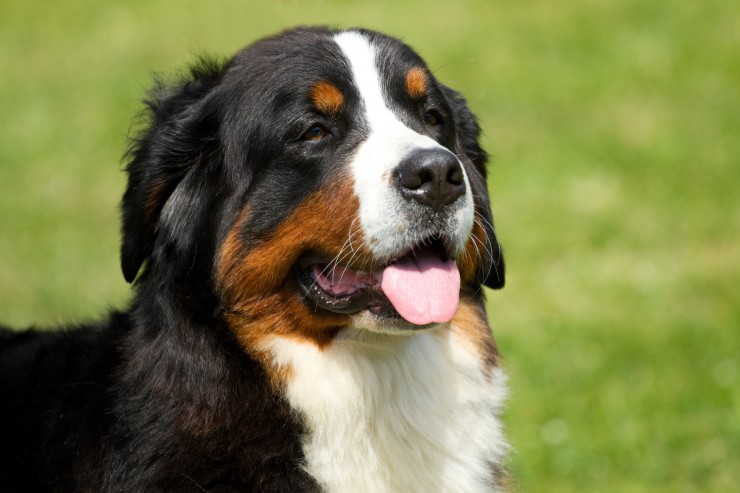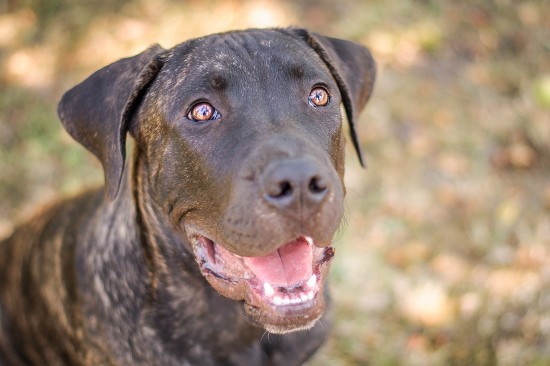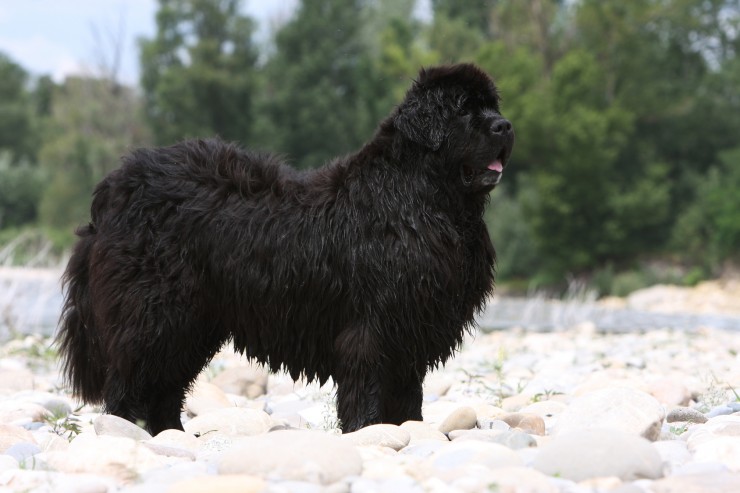
Acute laminitis in horses is a very dangerous condition. When a horse is in the acute phase of laminitis, it is critical to help your horse immediately or risk having to put the horse down.
Laminitis is caused by many different, often unrelated, factors. Some of these factors are overeating (grain, rich spring grass, grass clippings), working on hard ground, standing too long on hard ground, drinking too much cold water while hot from exercise, stress (including colic), overweight horses, ponies, breeds with "cresty" necks (usually draft), illness or any metabolic disturbance, horses or ponies with Cushings Disease, a mare retaining afterbirth, horses having insulin resistance, and many other factors.
Some of these causes of laminitis do not pertain to all horses. But many of them are universal. It is so important to get help for your horse immediately if you suspect laminitis. It has to be stopped right away. Once laminitis is in the acute phase, it is very far along in the development process and founder is not far behind.
Acute laminitis can happen hours after the horse has been exposed to whatever will cause the laminitis. For example, if your horse has been exposed to black walnut shavings, acute laminitis can set in as quickly as 10 hours after the exposure. If your horse has been helping himself to grain in the feedroom, it can take up to 40 hours to see the symptoms. If you suspect your horse has been exposed to anything that might cause laminitis, it is extremely important to call your vet immediately and start taking steps to ensure your horse will make it through a bout of laminitis sound and healthy.
The symptoms of acute laminitis include pain relief tactics - the horse standing in the "classic" laminitis stance (forelegs extended in front of him and his hindlegs tucked underneath). This is so the horse can take his weight off his front end and transfer it to the back since laminitis typically affects the front feet (although it can affect all 4 feet). He may also refuse to stand up or walk. He will have a glazed, pained look to him. He will also have an increased digital pulse, heat in the hoof, and there may be a noticeable depression of the skin next to the hoof wall, suggesting a sinking of the distal phalanx.
Acute laminitis causes considerable pain and can retire your horse. Education is the most important part of keeping laminitis away from your horse. If you know what to look for and know what to do if your horse gets laminitis, your horse will have a chance at not only surviving laminitis, but continuing to work and be healthy.
 The Shady Side Of Greyhound Racing
The Shady Side Of
The Shady Side Of Greyhound Racing
The Shady Side Of
 How To Handle An Aggressive Chihuahua
How To Handle An
How To Handle An Aggressive Chihuahua
How To Handle An
 Canine Leiomyosarcoma - Cancer Of The Muscle Tissue
Canine Leiomyosar
Canine Leiomyosarcoma - Cancer Of The Muscle Tissue
Canine Leiomyosar
 Is The Presa Canario Dog A Good Choice Of Pet?
Is The Presa Cana
Is The Presa Canario Dog A Good Choice Of Pet?
Is The Presa Cana
 Eight Things That Cost More The Larger Your Dog Is
Eight Things That
Eight Things That Cost More The Larger Your Dog Is
Eight Things That
Copyright © 2005-2016 Pet Information All Rights Reserved
Contact us: www162date@outlook.com